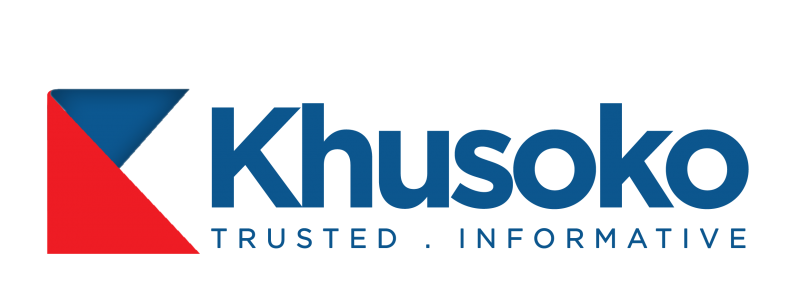The Communications Authority (CA) has launched the Industry Guidelines for Child Online Protection and Safety, a comprehensive framework designed to ensure that children’s rights and safety are prioritised in the use of ICT products and services across Kenya.
“These guidelines form a basis for the design, development, deployment, commissioning, use, management, sale, marketing, and publicity of ICT products and services in Kenya that may be accessed and/or targeted for use by children. Provides safeguards for children’s access to and use of ICT products and services in Kenya,” says CA in the preamble.
Groundbreaking Child-Centred Framework
These guidelines are unique in their development, having been informed by direct consultations with children themselves.
During these consultations, children emphasised the need for the tech industry to take proactive responsibility in safeguarding their online experiences.
The guidelines reflect this call to action by setting clear, enforceable standards for all ICT providers in Kenya.
Key Provisions of the Guidelines
The framework mandates several critical measures for the tech industry, including
- Mandatory Child Online Safety Policies: All ICT providers must develop, publish, and implement clear policies that outline their commitment and strategies to protect children online. This includes governance frameworks, impact assessments, and continuous engagement with children, parents, and guardians.
- Age-Verification Mechanisms: Apps and SIM card registrations must include robust age verification tools. Providers are required to register SIM cards for minors under a guardian’s name and filter content to ensure it is age-appropriate.
- Child-Safe Default Settings on Devices: Device manufacturers must pre-activate parental controls and safety features before selling smartphones and other communication devices, ensuring children start with a safer online environment.
- Promotion of Educational and Creative Content: Products targeting children should prioritise local educational materials that foster learning, creativity, and well-being, encouraging children to think critically and innovate.
- Clear Complaints and Reporting Mechanisms: Apps and service providers must implement easy-to-use reporting tools for children and guardians to flag abuse or harmful content, with prompt response protocols to address complaints.
Why This Matters
Children face numerous online risks, including cyberbullying, exploitation, exposure to inappropriate content, and online sexual abuse.
The new guidelines place child protection at the forefront of digital innovation and service provision.
By requiring all stakeholders, from mobile operators and app developers to device manufacturers, to embed child safety into their products and services, Kenya is creating a safer, more empowering digital environment for its youth.
Multi-Stakeholder and Rights-Based Approach
The guidelines emphasise a multi-stakeholder approach involving government, industry, civil society, parents, and children themselves.
They are grounded in principles that uphold children’s rights to access information and freedom of expression while ensuring their safety and well-being online.
The framework also aligns with Kenya’s legal provisions, including the Children Act 2022 and the Data Protection Act 2019.
Implementation and Compliance
All licensed ICT service providers and product vendors in Kenya are required to comply with the guidelines within six months of their publication. The Communications Authority of Kenya will oversee compliance, ensuring that companies not only adopt these measures but also demonstrate transparency and accountability in protecting children online.
Five Tips for Parents and Guardians to Keep Children Safe Online




